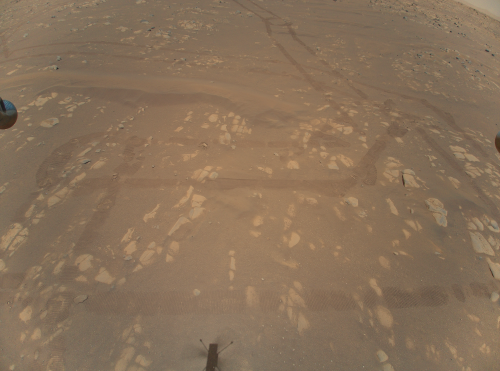SpaceX launches 60 more Starlink satellites; China launches Tianhe station module
Twas a busy evening. SpaceX successfully put 60 more Starlink satellites into orbit using its Falcon 9 rocket, with the first stage successfully completing its seventh flight, landing safely on the drone ship in the Atlantic.
China in turn successfully used its Long March 5B rocket to place in orbit the core module, dubbed Tianhe, of its planned space station. This is the first of eleven launches in the next two years to assemble the station’s initial configuration, including cargo and manned missions along the way.
The SpaceX live stream is at the link. I have embedded China’s English language live stream of the Tianhe launch below the fold. The launch is about 52 minutes in.
The leaders in the 2021 launch race:
12 SpaceX
10 China
7 Russia
2 Rocket Lab
The U.S. still leads China 17 to 10 in the national rankings.
» Read more
Twas a busy evening. SpaceX successfully put 60 more Starlink satellites into orbit using its Falcon 9 rocket, with the first stage successfully completing its seventh flight, landing safely on the drone ship in the Atlantic.
China in turn successfully used its Long March 5B rocket to place in orbit the core module, dubbed Tianhe, of its planned space station. This is the first of eleven launches in the next two years to assemble the station’s initial configuration, including cargo and manned missions along the way.
The SpaceX live stream is at the link. I have embedded China’s English language live stream of the Tianhe launch below the fold. The launch is about 52 minutes in.
The leaders in the 2021 launch race:
12 SpaceX
10 China
7 Russia
2 Rocket Lab
The U.S. still leads China 17 to 10 in the national rankings.
» Read more









